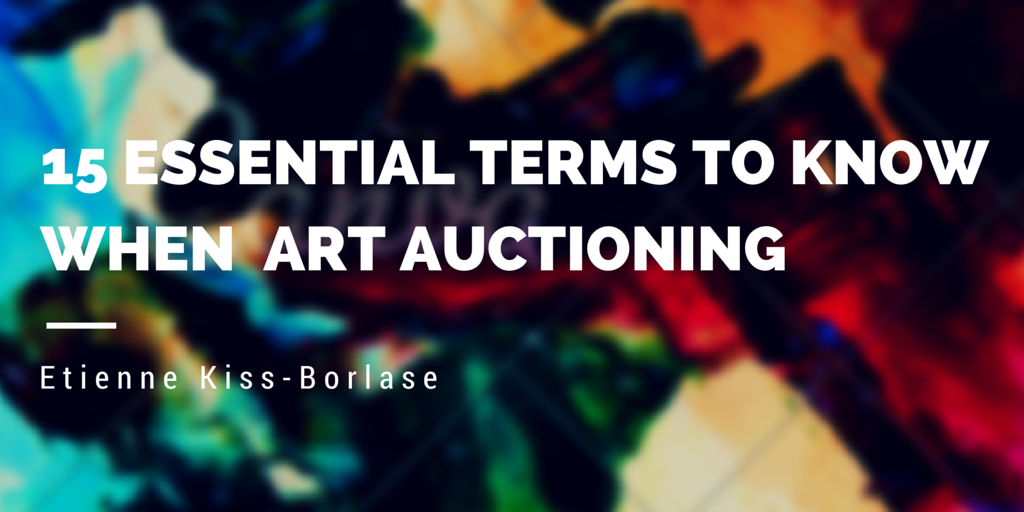Art collection supports local artists and the value it presents to society as a whole. In fact, art collecting has grown so big that the top five players in the game have more than $11 billion in assets. Art has become one of the most lucrative investments a human being can put their money into. In fact, to put art collecting into perspective, the Orange Marilyn silkscreens of Andy Warhol were originally bought for $2,400 in the ’60s. Auctioned at the turn of the century, they sold for $17 million, which is a 102,000% value increase in 40 years.
Here are some of the most valuable art collections in the world:
Francois Pinault
A total collection value of $1.4 billion dollars, Francois Pinault has a combined personal wealth of around $14 billion. Even small beginnings can have a massive influence, and when looking at Francois Pinault, he began from small beginnings. He started chopping wood in 1963, but he soon turned his business into a thriving profession. He grew smarter. Some of the investments he has made include Puma, Château Latour vineyard and one of the world’s largest art collections.
Philip Niarchos
Having a total collection value of $2.2 billion, Niarchos has a personal wealth of around $2.2 billion. Some of the collection of masterpieces include one of the world’s largest private stockpiles of Van Gogh and even the iconic “Self Portrait,” which took place before he cut his ear off. He bought it for $71.5 million, and he bought “Yo Picasso” for $47.9 million.
Eli Broad
Featuring a collection value of $2.2 and a personal wealth of $7.1 billion, Eli Broad has sometimes been called the “Lorenzo Medici of Los Angeles.” He’s a self-made billionaire who has done some famous philanthropic work. Broad’s interest in art dates to 1973 when he bought the Van Gogh drawing, “Cabanes a Saintes-Maries.” He picked up some other pieces like Picasso, Miro and Matisse. His collection has since expanded to include the likes of Cindy Sherman, Jeff Koons, Damien Hirst, Ed Ruscha and Andy Warhol. He has over 2,000 artworks.
These are some of the most valuable art collections in the world. As art collectors, each of these men hold a special regard and respect in the art community.

